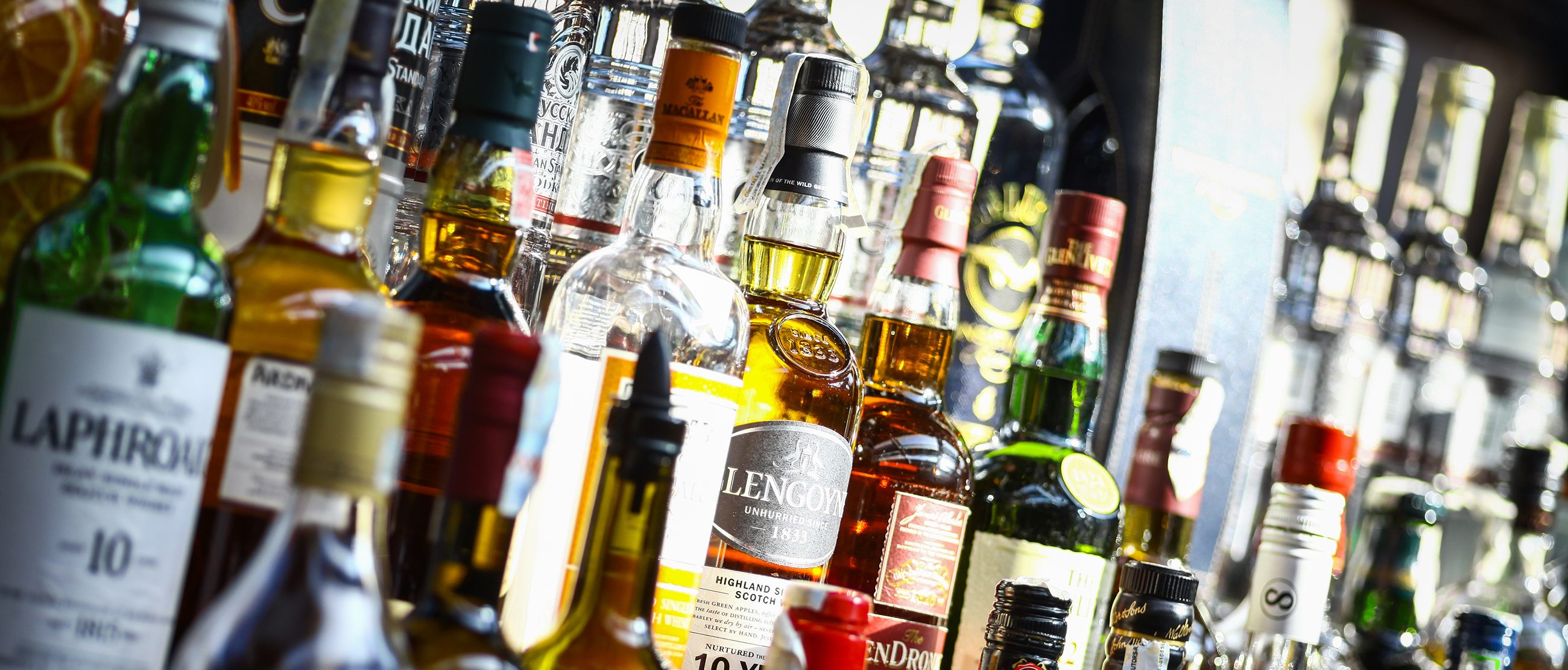GET HELP NOW
513.792.1272
Alcohol Use Can Be Deadly

The most widely used drugs in the US are beer, wine and liquor. With this in mind, it is no surprise that alcohol appears acceptable in most social situations even for those under 21. At the same time, alcohol use can be deadly. In spite of alcohol’s social acceptance, a week doesn’t go by without a written article or posting about how alcohol use can be deadly.
According to the National Institute on Alcohol Abuse and Alcoholism (NIAAA, 2015), the statistics surrounding student drinking are staggering. 31% of college students report symptoms of alcohol abuse while 80% have abused alcohol.
Alcohol Use Can Be Dangerous
- Assaults: A surprising 696,000 students age 18-24 are assault victims of a student perpetrator who has been drinking.
- Sexual Assaults: 97,000 students (ages 18-24) report being sexually assaulted or date raped where alcohol was involved.
- Arrests: 110,000 students are arrested yearly for alcohol related offenses. Among these offenses are public drunkenness, OVI and assault.
- Academic Problems: 1 in 4 college students report that alcohol use has caused them problems with their studies. They may be missing classes, falling behind on school work, and generally receiving lower grades.
- Alcohol Use Disorder: About 20% of college students meet the criteria for diagnosable Alcohol Use Disorder. These students need treatment to help them stop using alcohol and remain sober.
Why can Alcohol Poisoning be Deadly?
Approximately 88,000 people die yearly from alcohol related deaths. Significantly, more than 1,800 college students (ages 18-24) die from accidental, alcohol-related injuries. This includes examples like drunk driving accidents, falls, and all other types of unintentional injuries. It does not include alcohol related suicides, which continues to be the second leading cause of deaths in the 15-34 age group. In this group 33.4% of suicides tested positive for alcohol.
Alcohol use depresses the part of the brain that controls breathing and the gag reflex (which prevents choking), a high dose of alcohol can stop these functions. As a result, someone who drinks excessive amounts of alcohol could choke on vomit and die of asphyxiation (being unable to breath) if s/he is not conscious. People who overdose on alcohol can also stop breathing while unconscious.
With at least 80% of young people admitting to abusing alcohol there remains no clear way to know who is susceptible to its most devastating effects. Every drinker, who consumes more than the equivalent of 5 beers in an evening (4 beers for women) is at risk. First time drinkers who overuse to ‘have fun’ are most vulnerable.
Helping a Friend or Family Member
Blood Alcohol Concentration (BAC) can continue to rise as alcohol enters the bloodstream, even after a person stops consuming alcohol. When a person is passed out, his/her body continues to process the alcohol and allows it to move into the bloodstream. It is extremely dangerous to assume a person will be fine by ‘sleeping it off’. There is a chance they may not wake up.
Possible symptoms of alcohol poisoning:
- Mental confusion or stupor
- Unconsciousness
- Vomiting
- Seizures
- Very slow or irregular breathing
- Hypothermia (low body temperature), bluish skin color, paleness
If you suspect someone has alcohol poisoning:
- Don’t wait!
- Know the signs and symptoms. One symptom is enough to take action.
- Call 911 for help if you have ANY suspicion the person may have overdosed on alcohol or any other drug.
Binge Drinking is Especially Dangerous
As the most risky type of alcohol abuse, binge drinking is defined as 5 standard sized drinks in an evening for men or 4 drinks for women. Those who are younger or have smaller body size may have these effects after fewer drinks.
In the United States, one “standard” drink contains roughly 14 grams of pure alcohol, which is found in:
- 12 ounces of regular beer, which is usually about 5% alcohol.
- 5 ounces of wine, which is typically about 12% alcohol.
- 1.5 ounces of distilled spirits, which is about 40% alcohol.
As a result of binge drinking, untreated people can experience alcohol poisoning. You cannot safely detox from alcohol at home; medical intervention is necessary. People can die or experience irreversible brain damage, memory loss or psychological damage from resulting behaviors while intoxicated.
With an estimated 40% of college students engaging in binge drinking at least once during the past 2 weeks everyone should be concerned. For this reason, parents and students need open communication about the risks and rewards of alcohol use and what is abuse. Our experience at ASAP has taught us that teens and young adults have crucial misconceptions about healthy drinking behaviors. Accordingly, parents have an opportunity to education themselves and their kids to avoid the negative sides of alcohol use.
References
RELATED POSTS
ASAP is Cincinnati's premiere outpatient treatment center for teenagers and their families struggling with substance abuse and mental health problems.
SUBSCRIBE
Enter your email address to receive news and information from ASAP.











